Brief
As one of Switzerland’s largest health insurance companies, Helsana needed a way to make each department’s role and offerings more visible to the public. Their existing site was too broad and corporate for users to easily understand what support or services were available.
We were tasked with designing a series of micro-websites, each dedicated to a specific department. The goal was to:
- Increase visibility through SEO-optimized content
- Communicate each department’s unique value clearly
- Provide a smoother, more relevant experience for customers landing from search engines or campaigns
These micro-websites allowed users to connect directly with the information and people they were looking for—without getting lost in a maze of generic pages.
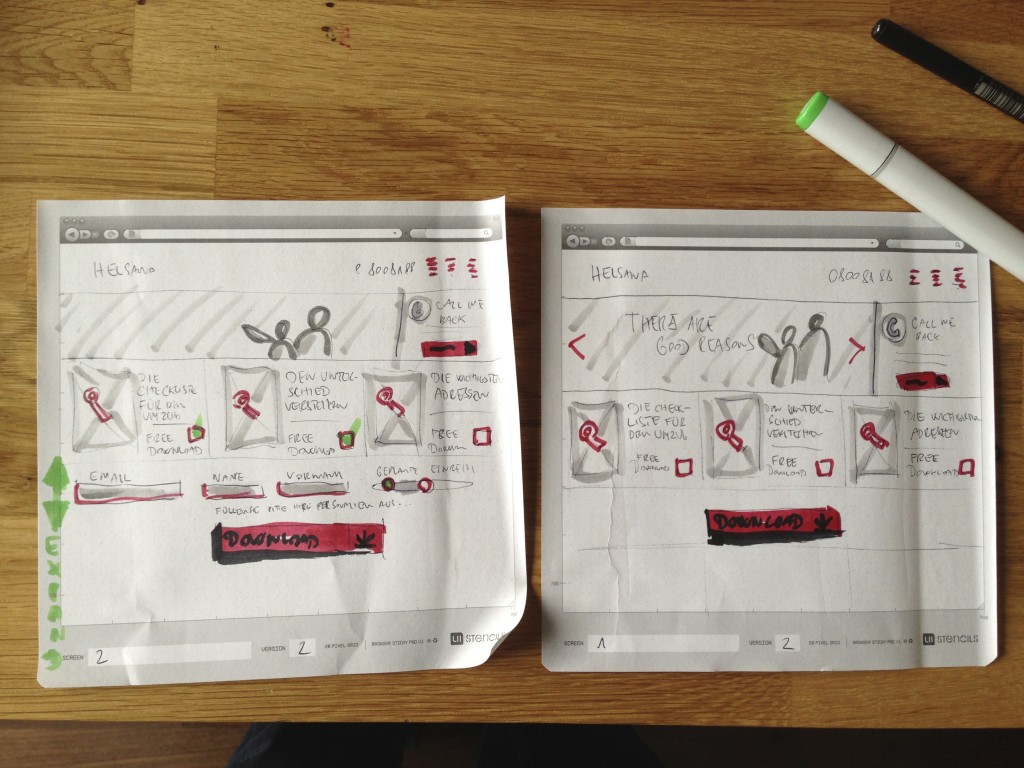
Approach
Before jumping into design, we conducted in-depth user research to understand how customers currently navigated Helsana’s digital ecosystem—and where they got stuck.
At that time, modern prototyping tools like Figma or Sketch weren’t available. We went old-school, using pen-and-paper testing, in-person interviews, and observational research.
We discovered that many users:
- Didn’t understand the specific role of different departments
- Struggled to find relevant contact points or service details
- Landed on the site through organic search but bounced due to vague content
Based on those insights, we mapped out key pain points and translated them into clarity-first features on the micro-sites—such as simplified navigation, service-focused headlines, and direct contact pathways.

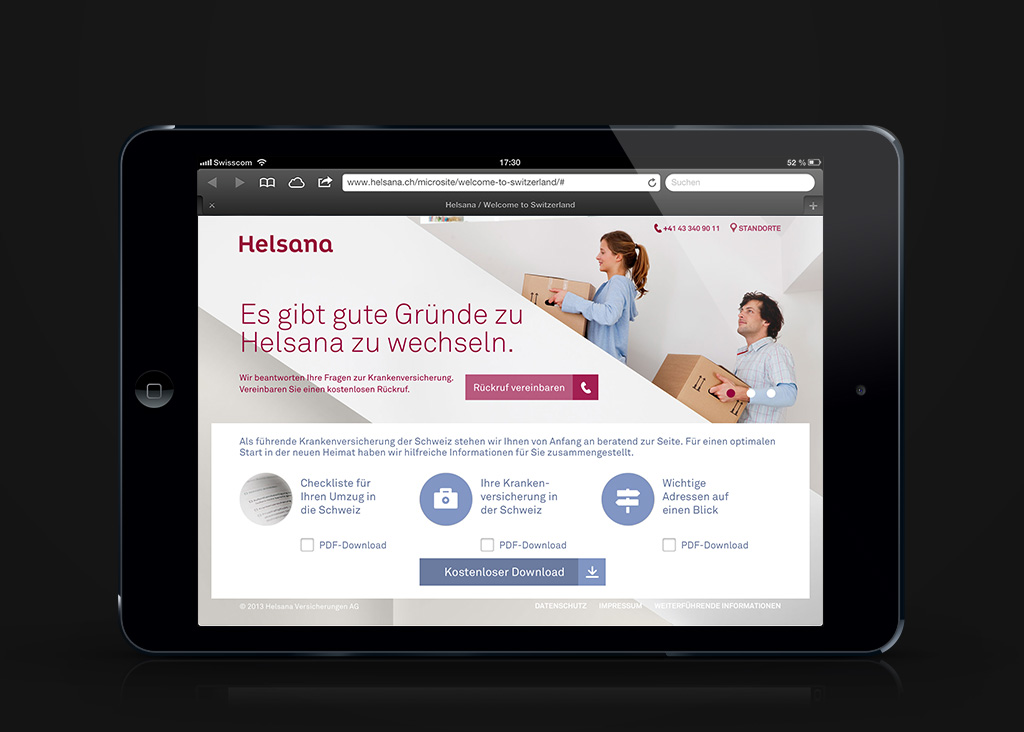
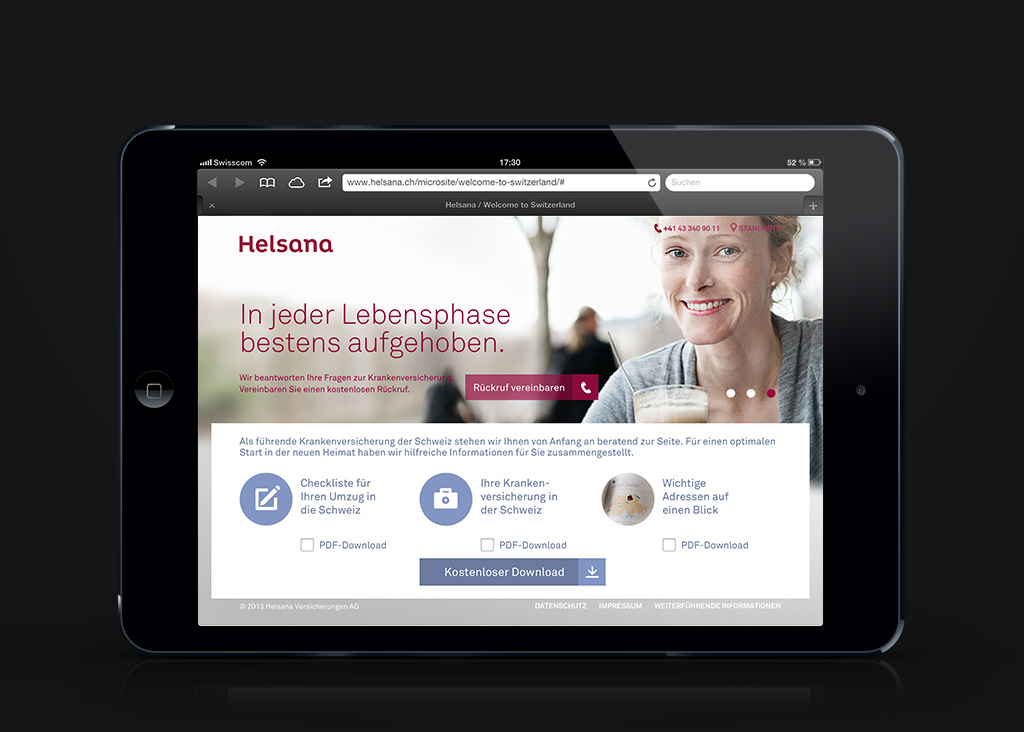
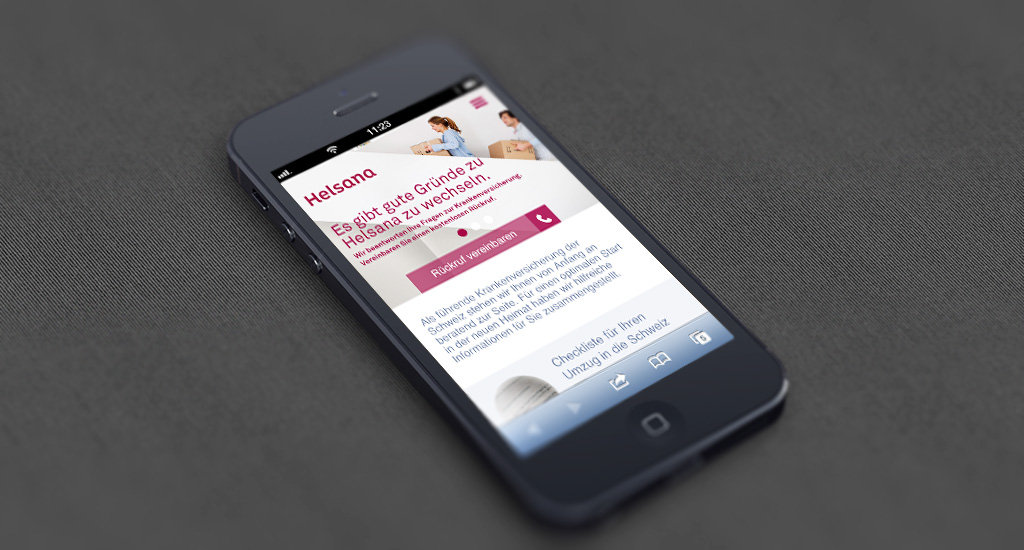
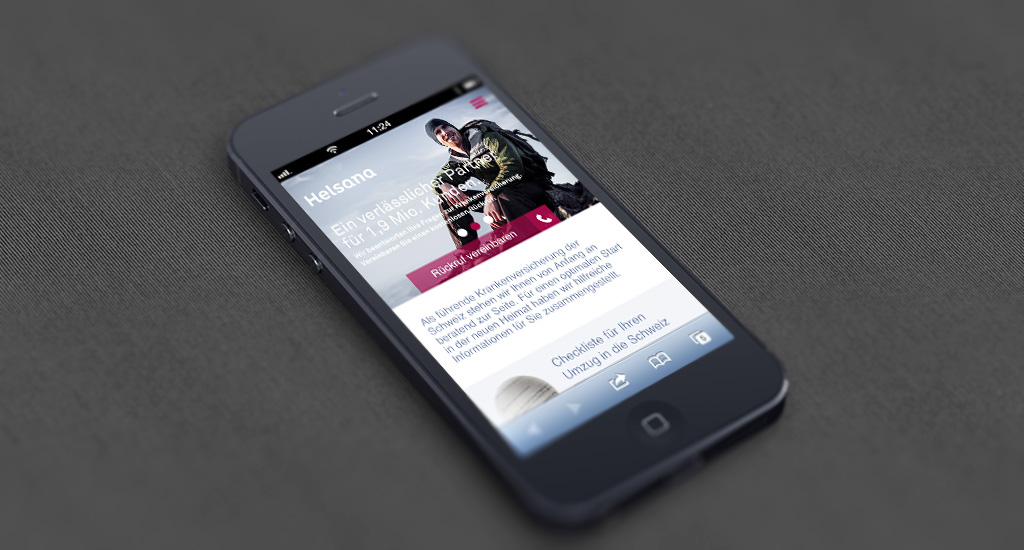
Impact
The introduction of focused micro-websites resulted in a conversion rate up to 7 times higher than the company’s main website.
By tailoring content to user needs and making department services easier to understand and access, Helsana significantly improved customer engagement. These micro-sites didn’t just support SEO—they gave each department a clear voice and boosted trust with visitors who were previously unsure where to go or who to contact.
This project proved that simplifying the path and speaking directly to user intent can lead to substantial business outcomes.